Exploring Sustainable Solutions: The Advantages of Thermoformed Packaging Trays in Modern Manufacturing
As modern manufacturing increasingly adopts sustainable practices, the role of thermoformed packaging trays has gained significant attention. These innovative solutions not only enhance product protection and shelf-life but also contribute to reducing environmental impact. According to a recent report by Smithers, the global market for sustainable packaging is projected to reach $500 billion by 2028, with thermoforming technologies playing a crucial part in this growth. Thermoformed packaging trays are not just lightweight and versatile; they also utilize recyclable materials, aligning with the industry’s shift towards greener alternatives. Furthermore, a study by Grand View Research highlights that the increasing consumer demand for environmentally friendly products is driving manufacturers to seek out sustainable packaging options, including thermoformed designs, which offer both functionality and eco-friendliness. In this context, examining the advantages of thermoformed packaging trays underscores their vital role in the future of sustainable manufacturing.
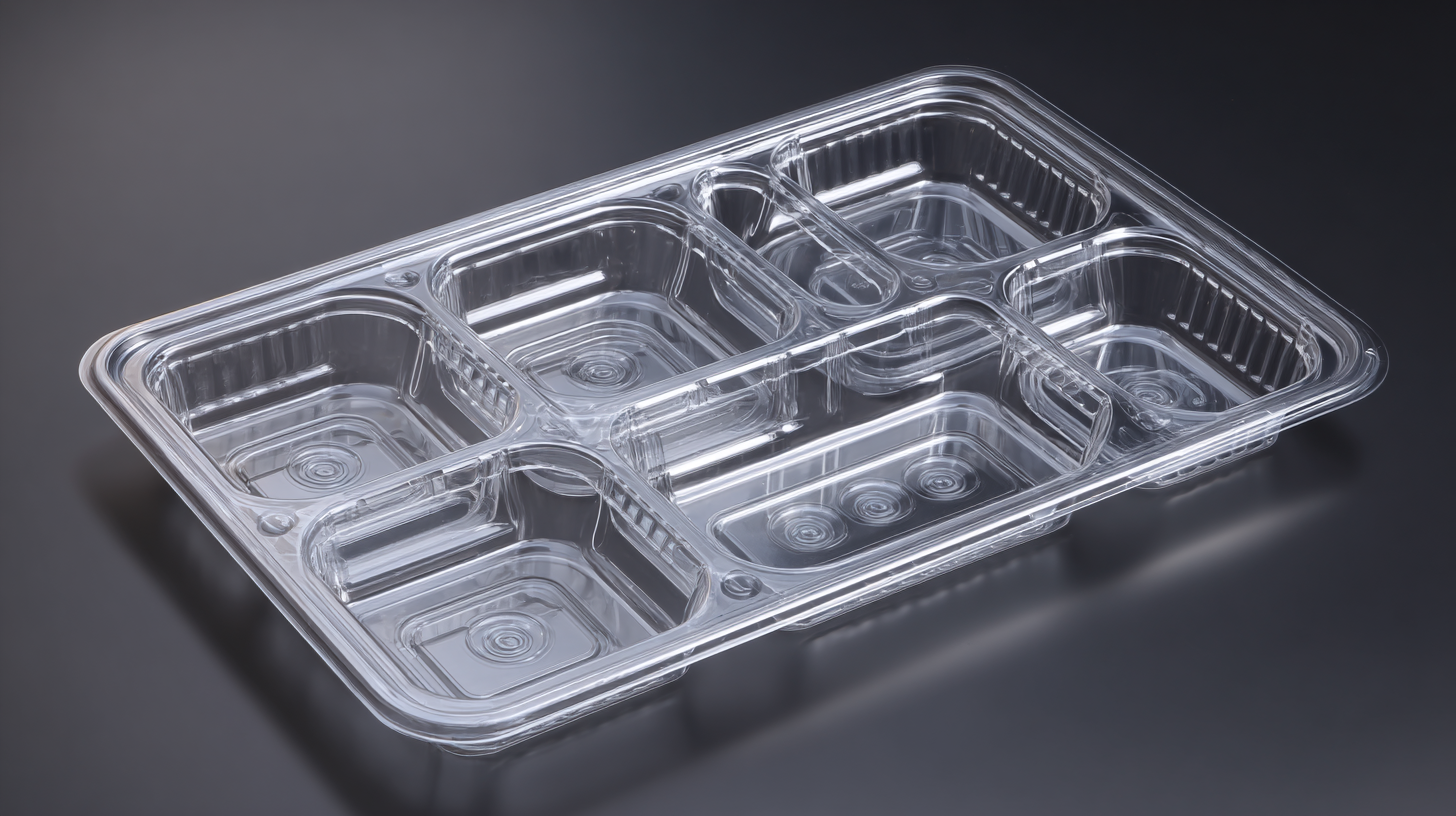
Advantages of Thermoformed Packaging Trays in Reducing Plastic Waste
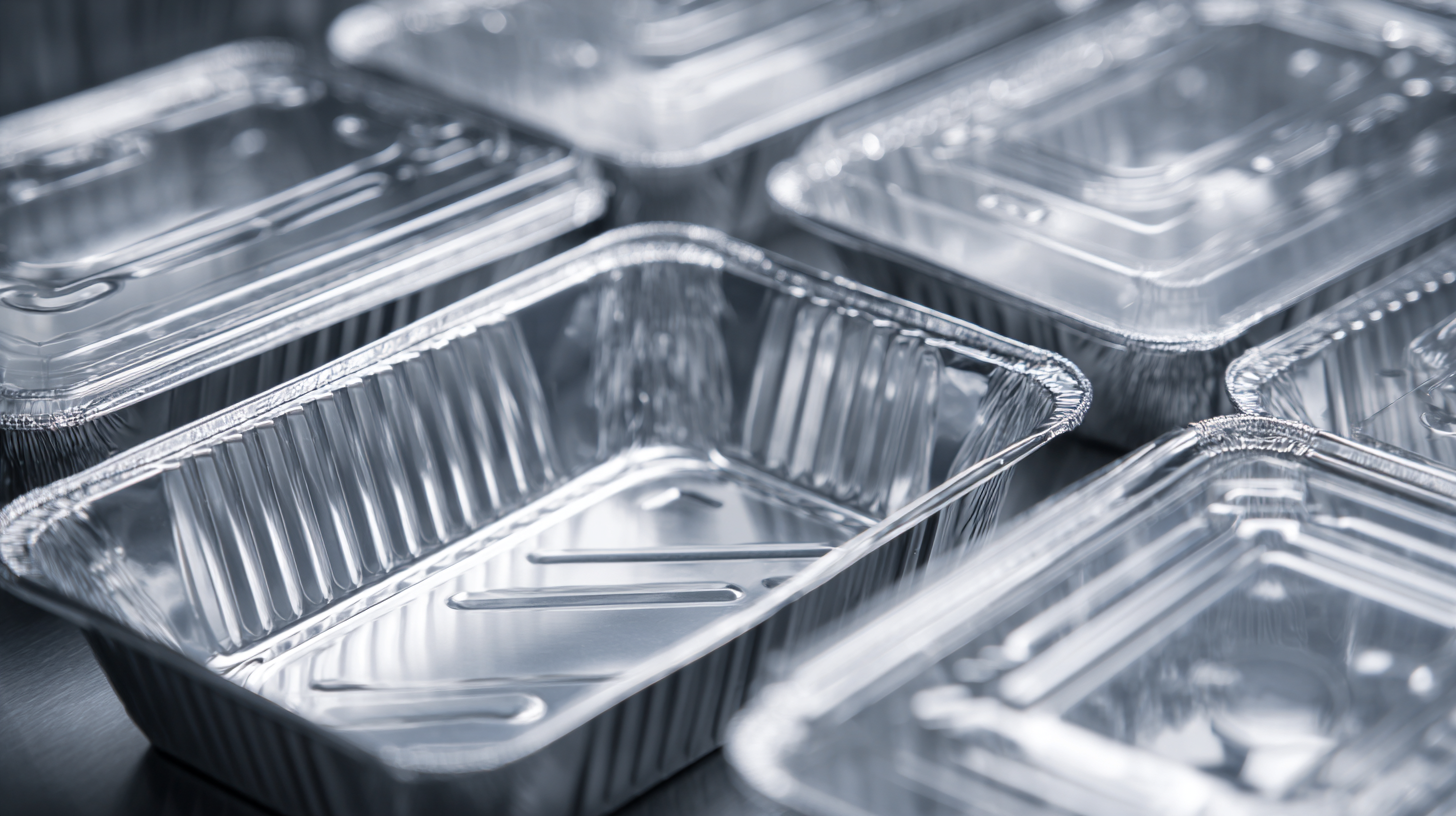 Thermoformed packaging trays are emerging as an effective solution in modern manufacturing, particularly in the quest to reduce plastic waste. Unlike traditional packaging materials that contribute significantly to environmental pollution, thermoformed trays are often made from recyclable or biodegradable materials. This shift not only minimizes the reliance on single-use plastics but also encourages a circular economy, where materials are reused and recycled, reducing the overall environmental footprint.
Thermoformed packaging trays are emerging as an effective solution in modern manufacturing, particularly in the quest to reduce plastic waste. Unlike traditional packaging materials that contribute significantly to environmental pollution, thermoformed trays are often made from recyclable or biodegradable materials. This shift not only minimizes the reliance on single-use plastics but also encourages a circular economy, where materials are reused and recycled, reducing the overall environmental footprint.
Additionally, the manufacturing process of thermoformed trays is inherently efficient, generating less scrap compared to other methods. This efficiency translates to reduced resource consumption, further supporting sustainability efforts. Many companies are adopting these trays, not only for their functional benefits—such as lightweight design and customizability—but also for their contribution to eco-friendly business practices. By embracing thermoformed packaging, manufacturers can play a pivotal role in mitigating plastic waste and promoting environmental stewardship in their industries.
Impact of Thermoformed Packaging on Product Shelf Life and Quality
Thermoformed packaging trays have gained significant traction in modern manufacturing, particularly due to their positive impact on product shelf life and quality. According to a report by the Freedonia Group, the market for plastic packaging, which includes thermoformed trays, is projected to reach $282 billion by 2024, driven largely by the food and beverage sectors. These trays provide a barrier against external elements, protecting products from moisture, air, and light, all of which can compromise the integrity of food items. Research indicates that optimized thermoformed packaging can extend the shelf life of perishable goods by up to 50%, ultimately reducing food waste.
Moreover, the use of thermoform trays ensures consistent packaging quality and enhances visual appeal, which is increasingly important in a competitive market. A study from the Institute of Packaging Professionals highlights that effective packaging can boost sales by as much as 30%. Thermoformed trays are not only capable of being tailored to fit specific products, thereby maximizing space and minimizing material use, but they also facilitate easier handling and transport, ensuring that products reach consumers in optimal condition. As sustainability becomes a larger focus in manufacturing, the advantages of thermoformed packaging in prolonging product freshness and quality cannot be overlooked.
Cost-Effectiveness of Thermoformed Packaging in Modern Manufacturing Processes
Thermoformed packaging trays have emerged as a cost-effective solution in modern manufacturing processes, offering substantial savings in both materials and production time. The ability to produce these trays from flexible thermoplastics allows manufacturers to optimize their use of resources, reducing waste and minimizing expenses. Unlike traditional packaging methods, which may require additional materials or complex assembly processes, thermoformed trays can be created in a single step, streamlining operations and decreasing labor costs.
Moreover, the versatility of thermoformed packaging enhances its economic appeal. These trays can be customized in terms of shape, size, and design to accommodate a wide range of products, from food items to electronics. This adaptability not only meets diverse market needs but also allows businesses to reduce inventory costs and respond rapidly to changing consumer demands. As manufacturers continue to prioritize efficiency and sustainability, investing in thermoformed packaging trays stands out as a practical strategy for enhancing cost-effectiveness while maintaining high-quality standards.
Cost-Effectiveness of Thermoformed Packaging in Modern Manufacturing
Energy Efficiency: The Environmental Benefits of Thermoforming Technology
Thermoforming technology has emerged as a pivotal innovation in modern manufacturing, particularly due to its energy efficiency and environmental benefits. By utilizing heat to mold plastic materials into specific shapes, the process minimizes waste and energy consumption. Unlike traditional manufacturing methods that often involve extensive cutting and forming, thermoforming reduces excess material while achieving precise product specifications. This not only leads to lower energy usage during production but also contributes to a significant decrease in greenhouse gas emissions.
Moreover, the recycling potential of thermoformed packaging trays further enhances their sustainable profile. Many of these trays are made from recyclable materials, allowing manufacturers to reclaim resources and reduce dependency on virgin plastics. By promoting a circular economy, thermoforming supports manufacturers in meeting sustainability goals while ensuring compliance with increasing regulatory demands for environmentally friendly practices. As industries continue to seek innovative solutions that balance performance with eco-friendliness, thermoforming technology stands out as a practical approach to achieving energy efficiency and reducing overall environmental impact in the manufacturing sector.
Comparative Analysis: Thermoformed Trays vs. Traditional Packaging Solutions
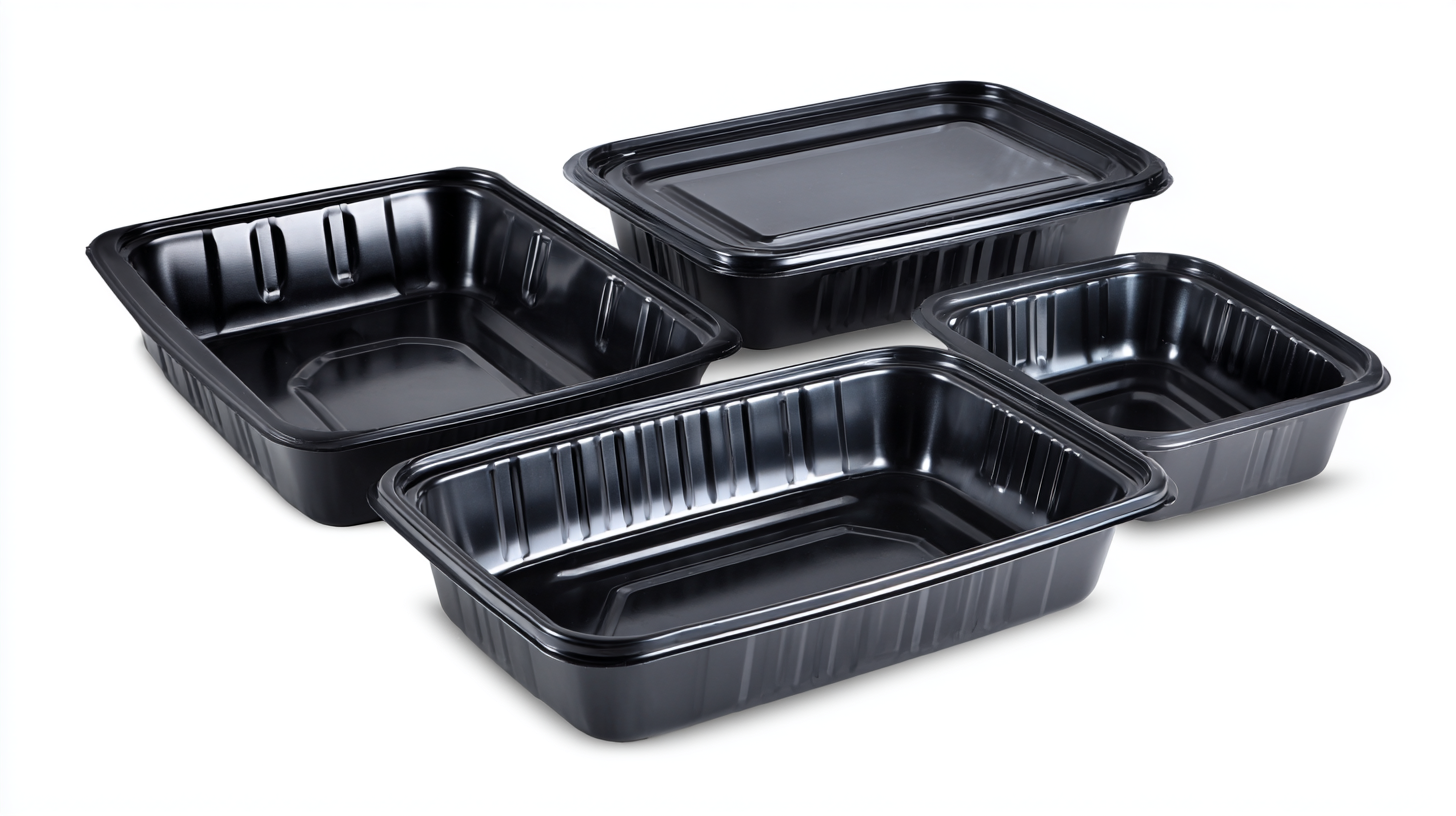 Thermoformed packaging trays are revolutionizing modern manufacturing, offering distinct advantages over traditional packaging solutions. Unlike conventional materials, thermoformed trays are crafted from various plastics that can be recycled, which significantly reduces environmental impact. Their lightweight nature not only cuts down on shipping costs but also minimizes carbon emissions during transportation. Additionally, the manufacturing process of thermoformed trays allows for greater customization, enabling brands to create packaging that perfectly fits their products, thus reducing wasted space.
Thermoformed packaging trays are revolutionizing modern manufacturing, offering distinct advantages over traditional packaging solutions. Unlike conventional materials, thermoformed trays are crafted from various plastics that can be recycled, which significantly reduces environmental impact. Their lightweight nature not only cuts down on shipping costs but also minimizes carbon emissions during transportation. Additionally, the manufacturing process of thermoformed trays allows for greater customization, enabling brands to create packaging that perfectly fits their products, thus reducing wasted space.
Tip: When considering packaging options, look for suppliers who use sustainable materials and offer recycling programs. This can enhance your brand's sustainability profile while also appealing to eco-conscious consumers.
In contrast to traditional packaging, which may involve multiple materials or complicated assembly processes, thermoformed trays are often produced in a single piece. This simplicity not only reduces labor costs but also speeds up production times. Moreover, the durability of these trays protects products during transit, reducing damage and returns.
Tip: Evaluate the lifecycle of your packaging choices. Opting for thermoformed trays can lead to long-term savings and a more responsible production cycle, benefiting both your business and the environment.
Related Posts
-

Exploring Market Trends for Thermoformed Plastic Trays at the 2025 China Import and Export Fair (Canton Fair)
-

Essential Guide to Choosing the Right Stock Clamshell Packaging for Global Markets
-
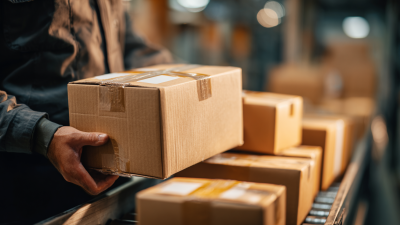
Ultimate Guide to Mastering Clam Packaging for Global Buyers
-

Addressing Challenges in Clam Packaging for Optimal Product Preservation
-
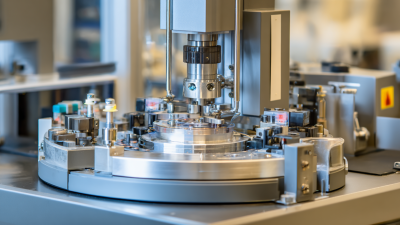
How to Select the Right Blister Packing Machine for Your Production Needs
-

Exploring Innovations in Automatic Tray Sealing Machines at the 138th Canton Fair 2025
